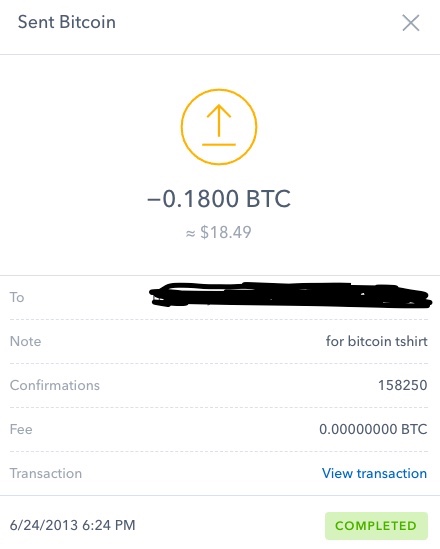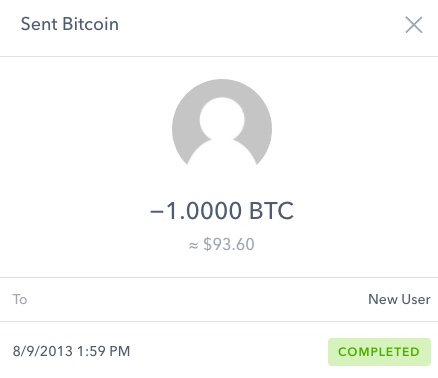Given the explosive increase in the prices of crypto assets this year, there is a growing discussion on how to value them.
This is a very good thing.
Andy Kessler weighs in on the topic in this WSJ piece which was published over the weekend.
You should go read the piece as it does a good job of dissecting the economics of the transaction processing system that underlies Bitcoin (aka the Bitcoin Mining Network).
Andy finishes his post with the following statement:
at some point the market will wake up and apply rational valuation techniques. That price—$4,361—implies a lot of belief in Bitcoin as a long-term store of value well beyond the economic value of the transaction platform.
Like Andy, I hope and expect that the market will apply rational valuation techniques to crypto assets. There are a number of people trying to do that. I think the work of Chris Burniske is very solid.
My issue with Andy’s analysis is that he’s conflating the market value of the Bitcoin Mining Network with the value of Bitcoin, the crypto token.
My partner Albert says it well in this tweet:
Blockchain technology upends many of our traditional notions of what networked applications look like.
Our former colleague Joel captured this “upending” well in his seminal post on Fat Protocols, in which he says:
What’s significant about this dynamic is the effect it has on how value is distributed along the stack: the market cap of the protocol always grows faster than the combined value of the applications built on top, since the success of the application layer drives further speculation at the protocol layer. And again, increasing value at the protocol layer attracts and incentivises competition at the application layer. Together with a shared data layer, which dramatically lowers the barriers to entry, the end result is a vibrant and competitive ecosystem of applications and the bulk value distributed to a widespread pool of shareholders. This is how tokenized protocols become “fat” and its applications “thin
Networked applications that run on top of the shared data layer of blockchains will be forced into commodity pricing and rent seeking will be nearly impossible. Those who build the Visas and Mastercard networks on top of Bitcoin will never achieve the economics of Visa and Mastercard. But that is the point. The Bitcoin protocol will capture those economics and the only way you can participate in that is by earning or buying and owning the crypto token (ie Bitcoin).
And so that is what we must model, analyze, and understand. We cannot use EBITDA multiples to do this work. We need to turn to other tools and that is what Chris and others are doing.
I applaud Andy for putting this critical issue on the table and hope that he and other serious market analysts and observers will take the time to understand what is really going on here and help us all figure out how to properly value it.
Speculation is rampant right now and without the proper valuation tools, we lack the ability to arbitrage and profit from that speculation. We need that.


